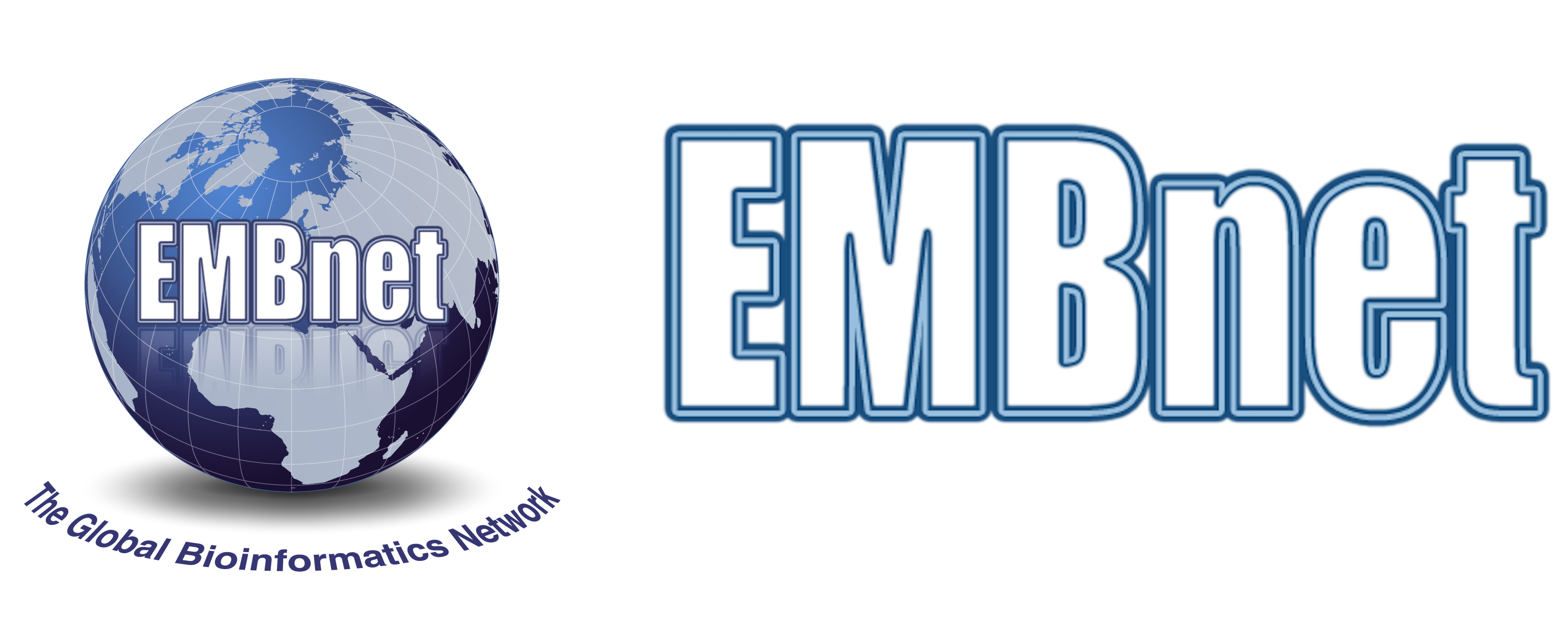EMBnet was established in 1988 as an initiative of the European Molecular Biology Laboratory (EMBL). At that time, high-speed data communication across Europe was in its infancy, and the EMBL was facing increasing difficulties serving its growing collection of sequence data to its European nodes and their local research communities.
1988
The first practical steps were taken by EMBL in the spring of 1988. A common agreement was reached amongst representative computer science and research centres to establish the European Molecular Biology network, EMBnet. In July 1988, the first EMBnet Workshop was organised at EMBL, with participants from EMBL, Daresbury (UK), CITI2 (France), CAOS/CAMM Centre (the Netherlands) and Hoffmann-La Roche.
Early priorities were to establish network protocols for the distribution of data from the EMBL Data Library and to apply for a grant for a pilot EMBnet project to the European Community.
In November 1988, the EMBL Director General wrote to EMBL Council members asking them to stimulate processes to identify regional EMBnet nodes.
1989
As evidence of the success of this initiative, at an EMBnet Workshop organised at the EMBL in May 1989, all 14 EMBL member states and the established national nodes were represented, including France, Sweden, the UK, the Netherlands, Spain, Israel, Norway, Italy and Denmark.By this time, Switzerland, West Germany, Austria, Greece and Finland were also gearing up.
1991
In 1991, EMBnet received its 1st European grant from the BRIDGE (Biotechnology Research for Innovation, Development and Growth in Europe 1990–1994) framework.
The major objective of the project was to promote EMBnet as a European computer network for bioinformatics. Initially, the main aims were to:
- set up a bulletin board
- study and develop technical tools for data distribution
- plan specialised courses and workshops.
1992
A Steering Committee (SC) was nominated during the business meeting held in Nijmegen (NL) in July 1992, whose role was to promote new projects and to stimulate inter-node cooperation. This and subsequent grants ensured the continued successful growth of EMBnet.
1996
Initially, the national nodes were centres for European researchers to access bioinformatics data synchronised with the central data repositories at EMBL and its corresponding agencies: NCBI, USA and DDBJ, Japan. By 1996, EMBnet had 26 nodes across Europe, spreading data, computer resources and teaching/training activities throughout their research communities [1]. The growing need at this time was how best to exploit and integrate the disparate biomedical and molecular data collections now accumulating in primary and specialised databases.
The first initiatives in this direction were NCBI’s Entrez suite [2] and EMBL’s Sequence Retrieval System (SRS) [3]. EMBnet developed and installed at each node a Web interface for SRS, which is still one of the most used services in the EMBnet research community [4].
2000
In 2000, EMBnet promoted the creation of the peer-reviewed journal Briefings in Bioinformatics(BiB). To kick-start this initiative, BiB was supported by an educational grant from EMBnet.
2008
EMBnet celebrated its 20th anniversary by organising, “The EMBnet Conference 2008: Leading Applications & Technologies in Bioinformatics” [5]. The Conference was hosted by the Italian National Node, as one of the co-founders of the network, and held in Martina Franca (Italy), in September.
This was the 1st meeting organised by the network that was open to the international scientific community outside EMBnet. The conference covered a broad range of research topics in bioinformatics, focusing on new achievements and emerging technologies supporting genomics, transcriptomics and proteomics analyses (including high-throughput sequencing and data management, text- and data-mining, ontologies and Grid technologies). The conference proceedings were published as a BMC Bioinformatics Supplement.
Since then, EMBnet’s Annual General Meeting (AGM) has always been organised in conjunction with a major conference or workshop on cutting-edge technologies and research, in cooperation with collaborating networks and societies.

